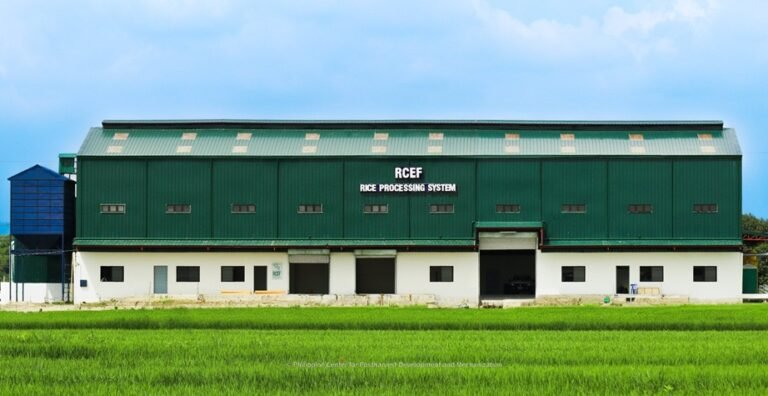Strategic expansion of Rice Processing Systems for efficiency and stability to boost national food security
The Philippine Agriculture Secretary Francisco P. Tiu Laurel, Jr. is seeking to build more rice processing facilities even as the Philippine Center for Postharvest Development and Mechanization (PHilMech) expands large-scale rice processing facilities. The Agriculture Secretary dismisses concerns that the expansion of rice processing systems could result in overcapacity in the milling sector.
Agriculture Secretary Francisco P. Tiu Laurel, Jr. opines that capacity utilization is more critical than rated milling capacity, noting that operators need at least 63% utilization to break even, while full capacity often indicates monopolistic conditions. He targets an optimal utilization rate of 80-85%, which improves efficiency, reduces costs, and benefits millers, farmers, and consumers, provided other costs remain stable.
Once rice mill usage stabilizes within this optimal range, PhilMech could redirect investments toward production-side equipment—like tractors and seeders—rather than post-harvest infrastructure such as mills and dryers. This strategic shift would support the National Food Authority, which has seen its milling and drying capacity significantly diminished since the Rice Tariffication Law of 2019 scaled back its operational role.
Since the implementation of the Rice Tariffication Law (RTL) and the allocation of funds under the Rice Competitiveness Enhancement Fund (RCEF), PHilMech has established 122 Rice Processing System (RPS) units equipped with state-of-the-art multi-stage rice mills and recirculating dryers, 116 of which were completed under the Marcos administration.
For RCEF Phase 1, PHilMech targets a total of 151 RPS units, with the remaining 29 scheduled for completion before the year ends. In addition, PHilMech has distributed more than 1,000 single-pass rice mills and village-type rice mills and more than 500 stand alone recirculating dryers to smaller organizations to support localized rice processing operations.
The approach that Secretary Tiu Laurel envisages hinges on ensuring that each mill operates efficiently, preventing surplus infrastructure that sits idle. By focusing on smart utilization rather than unchecked expansion, the DA aims to balance market supply, stabilize rice prices, and protect farmer incomes.
In the long run, this strategy underscores a smarter, more measured approach to agriculture—one that values productivity and resource stewardship over sheer scale

